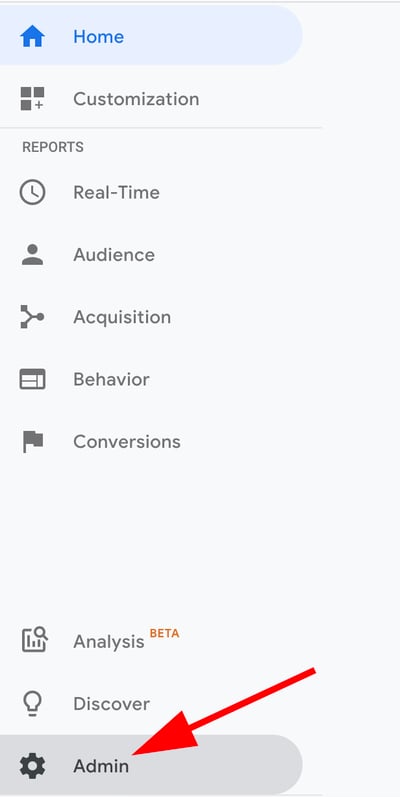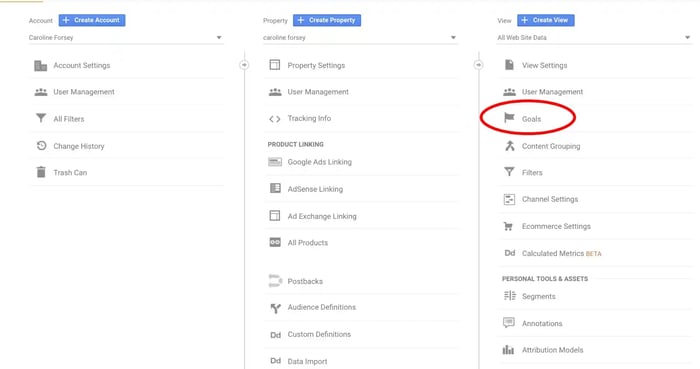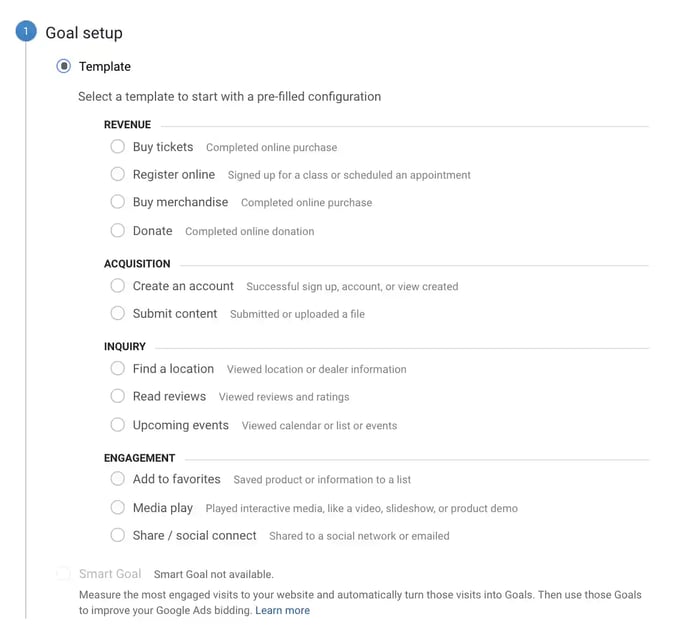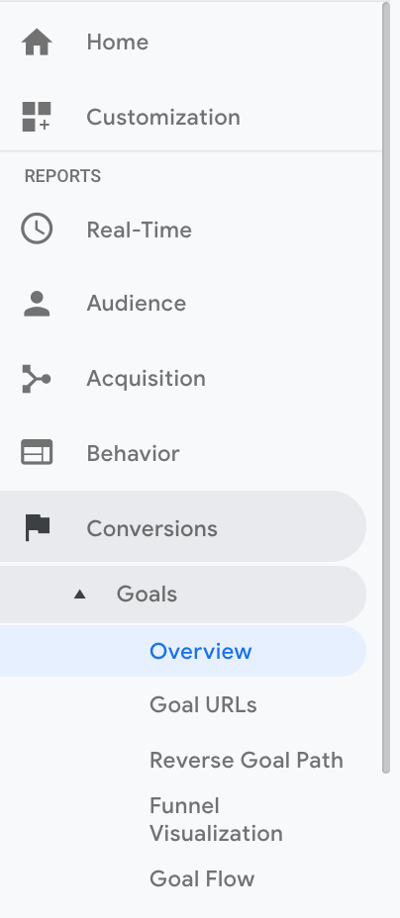Micro Conversions: What They Are and Why They Matter
A micro conversion is any incremental step a user can take to show initial interest in your brand or product.
If you only pay attention to those who complete a macro conversion -- like signing up for a free trial, requesting a consultation, or purchasing a product -- then you're missing out on the power of your micro converters.
For instance, let's say I stumble across your blog through a Google search. I read your article, and I like it so much, I choose to share it with friends on Facebook. Additionally, I sign-up for your weekly email newsletter, so I can receive similar blog posts in the future.
I didn't buy your product, but that doesn't mean I'm insignificant to your company's bottom line. In fact, people who participate in micro conversions before taking the leap into fully converting could be better brand advocates down the line -- through those micro conversions, they've learned to trust your brand, and see the legitimacy of your business as a thought leader in the industry.
Nielsen Norman Group’s Jennifer Cardello splits micro conversions into two categories:
- Process Milestones are conversions that represent linear movement toward a primary macro conversion. Monitoring these will help you define the steps where UX improvements are most needed.
- Secondary Actions are not the primary goals of the site, but they are desirable actions that are indicators of potential future macro conversions.
Examples of micro conversions, both process milestones and secondary actions, include:
- An email newsletter sign-up.
- Viewing a certain number of pages of your site.
- When a site visitor comments on one of your blog articles.
- Sharing one of your pages via social media.
- Tweeting about your company.
- Downloading an ebook.
- Creating an account.
- Watching a video.
- Fulfilling a certain number of steps in your business's conversion cycle -- adding a product to a cart, beginning to fill out a form, etc.
Ultimately, micro conversions can help you understand your buyer's behavior better, and optimize your site for higher conversion rates. Down the road, this data can help you create more targeted campaigns, and even convert faster.
For instance, Wholesale Suite uses two-step conversions from OptinMonster to drive qualified leads to their email lists -- which, by itself, is a micro conversion. However, this micro conversion allows Wholesale Suite to nurture leads into sales. From that one landing page alone, Wholesale Suite collects 15-20 qualified leads every day.
Ultimately, little steps can equal big wins.
Now that we've covered the importance of micro conversions, let's take a look at how to track them.
How to Track Micro Conversions
Tracking micro conversions is a relatively easy process using a tool like Google Analytics.
Before you begin tracking your micro conversion, however, you'll want to define with your team which stage of the micro conversion you want to track.
For instance, let's say you want to track users who download an ebook. Your criteria might be any user who fills out the form on the ebook landing page -- but, alternatively, perhaps you track users who receive the "thank you" email, or visit the thank you page for the offer. This could help you distinguish where your users primarily download the ebook, if you place your ebook CTA on various pages of your site, like blog posts.
Once you've defined your criteria for a completed micro conversion, you can track your micro conversion in GA. Let's go through that process now:
1. When you're signed into your Google Analytics account, go to "Admin".

2. Next, click "Goals" under the "View" column.

3. Click the red "+ NEW GOAL" button to add a goal. (Note: If you don't see this button, it's because you've already used all 20 of the goals you're allowed).

4. You can use one of the common goal templates GA provides -- if you're tracking a micro conversion such as creating an account, sharing content on social media, or playing a video, it's a good idea to use one of GA's pre-built templates. Alternatively, you can click "Custom" to make your own.

5. Name your goal, then choose how you'll track the micro conversion -- you can track whether someone visits a page, how long they spend on a page, if they visited a certain minimum requirement of pages, or if they clicked a button or played a video. When you're ready, click "Continue".
 6. Once you've successfully created your goal, you'll see it in your "Goals" chart.
6. Once you've successfully created your goal, you'll see it in your "Goals" chart.

7. When you need to track the progress of your micro conversions, you can do this under "Conversions" > "Goals".

It's important to note, if you've used HubSpot to build your website or track your analytics, you can also use HubSpot to track your micro conversions.
It may take some trial and error, but tracking micro conversions can ultimately help you optimize your site for a better user experience. For instance, if you notice one blog post in particular is a high-converting post, you might update the post or include more CTA's on that page.
Alternatively, if you're surprised to find one page in particular is low-converting, you might try moving the CTA to a higher position, or A/B testing the design or language of the CTA. Or, maybe you find most people ditch a form before completing it -- this signals your form might need to be redesigned for simplicity.
While micro conversions can seem minor, they're essential to growing brand awareness, increasing trust in potential leads, and ultimately converting at a much higher percentage. If you're not properly tracking your micro conversions, you're missing out on a ton of opportunity to convert higher-quality leads.
Conversion Rate Optimization
.png?width=112&height=112&name=Image%20Hackathon%20%E2%80%93%20Horizontal%20(37).png)






![What We Didn’t Do Boosted Our Paid Ad CVR by 11% [Expert Interview]](https://53.fs1.hubspotusercontent-na1.net/hubfs/53/hubspot-labs-paid-ad-cvr.webp)




![What is a CRO Test? [+ the 5 Steps to Perform Them Yourself]](https://53.fs1.hubspotusercontent-na1.net/hubfs/53/conversion-rate-optimization-tests_4.webp)